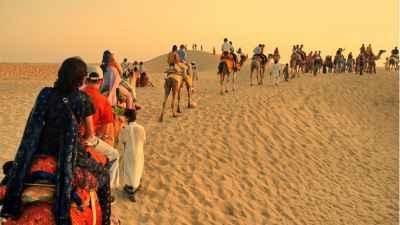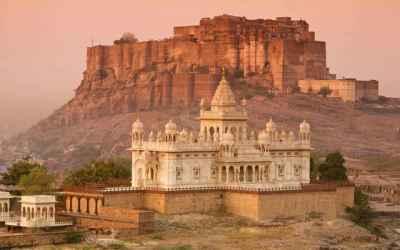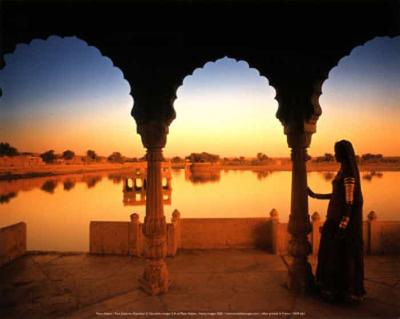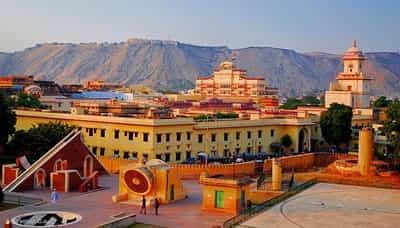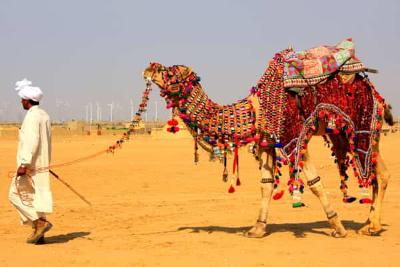Understanding Rajasthan's Caste System and Culture
Understanding Rajasthan's Caste System and Culture
Rajasthan, the land of kings and palaces, is known for its rich history and vibrant culture. But beneath its royal façade lies a deep-rooted caste system that has shaped the social structure of the state for centuries. To truly understand the ethos and dynamics of Rajasthan, one must delve into the complexities of its caste system and the influence it has on the people and their way of life.
Origins of the Caste System
The caste system in Rajasthan, like in other parts of India, has ancient roots and can be traced back to Hindu scriptures. According to Hindu mythology, the four varnas, or social classes, were created from different parts of the divine body of Lord Brahma. The Brahmans (priests and scholars) were said to have emerged from his mouth, the Kshatriyas (warriors and rulers) from his arms, the Vaishyas (merchants and farmers) from his thighs, and the Shudras (laborers and servants) from his feet.
Over time, the caste system became more rigid and stratified, with the addition of numerous sub-castes, known as jatis. Each jati was assigned specific occupations and roles within society. Marriage within one's jati was considered the norm, and intermarriage between different castes was discouraged.
Caste System in Rajasthan's Society
In Rajasthan, the caste system continues to play a significant role in shaping social relationships, marriage alliances, and economic opportunities. The society is divided into four main castes: Brahmins, Rajputs, Vaishyas, and Shudras. The Brahmins and Rajputs hold the highest positions in the social hierarchy, while the Vaishyas and Shudras occupy lower rungs.
The Brahmins are traditionally priests and scholars, responsible for religious ceremonies and imparting knowledge. The Rajputs, the warrior class, have traditionally been landowners and rulers. The Vaishyas engage in trade, commerce, and agriculture, while the Shudras are involved in manual labor and service-oriented professions.
Within each of these main castes, there are numerous sub-castes and clans, each with its own set of traditions, customs, and occupations. These sub-castes often hold events and gatherings to celebrate their shared heritage and maintain social bonds.
Impact on Daily Life and Culture
The caste system in Rajasthan profoundly influences the lives of its people. It determines whom one can marry, where one can live, and what occupation one can pursue. Marriages are often arranged within the caste to preserve lineage and social status. Interactions between different castes are limited, with people typically associating with those of their own caste.
Caste-based discrimination and prejudice still persist in some parts of Rajasthan, although efforts have been made to promote equality and social justice. The government has implemented various affirmative action policies and reservation systems to uplift the marginalized castes and tribes.
Despite the challenges posed by the caste system, Rajasthan's culture thrives with its diverse traditions, art forms, and festivities. Folk music and dance, such as Ghoomar and Kalbeliya, are integral parts of Rajasthani culture. The state is also renowned for its colorful festivals like Diwali, Holi, and Teej, which bring people from all castes together in celebration.
Conclusion
Understanding Rajasthan's caste system is crucial for gaining insights into the state's social fabric and cultural dynamics. Although the caste system poses challenges in terms of inequality and discrimination, Rajasthan's people continue to celebrate their rich heritage and work towards a more inclusive and equitable society.
We hope this article has shed light on the complexities of Rajasthan's caste system and its impact on the state's culture. The more we understand and appreciate different cultures and norms, the closer we come to fostering tolerance and inclusivity in our society.
Share this article with your friends and family to spread awareness about Rajasthan's caste system and culture!
Disclaimer : The information provided in this blog is for general informational purposes only. While we strive to keep the content accurate and updated, TravelSetu assumes no liability for errors or omissions. If you believe any part of this blog infringes your rights or causes concern, please notify us immediately at info[at]travelsetu[dot]com so that appropriate action can be taken.
